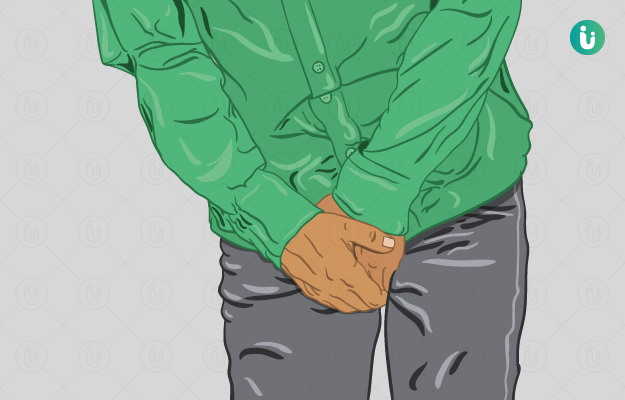Groin pain can be extremely debilitating, and it can affect men, women and children for different reasons. Groin is the term used to identify the area where the pelvis joins the legs and consists of five different muscles: adductor longus, adductor magnus, adductor brevis, gracilis and pectineus that keeps the joint stable.
While the most common groin injuries are due to muscle strains from pursuing physical activities such as running or playing a sport, there are several other reasons people may experience pain in the groin. Most groin injuries can be attributed to a strained muscle, but persistent or recurring pain without having strained a muscle may point to other underlying illnesses or problems.

 Doctors for Groin Pain
Doctors for Groin Pain  OTC Medicines for Groin Pain
OTC Medicines for Groin Pain
 Groin Pain articles
Groin Pain articles



































